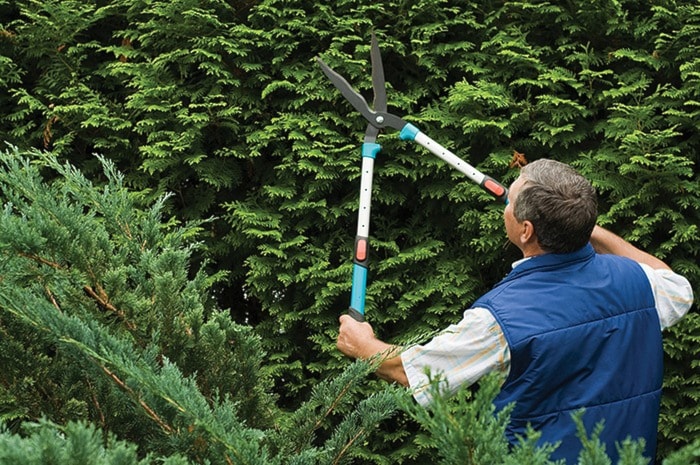The first day of spring officially arrives in 17 days and, for many, the season can’t come fast enough.
For others, being ready for spring, and all the home-care and garden work that season entails, preparation is key to getting the most out of the season.
As many North Fraser homeowners know, maintaining a quality garden starts with quality care that involves a lot more than pulling weeds when they get out of control.
Maintaining garden tools before the season begins ensures your gardening chores will get completed efficiently, and with the accuracy and precision.
Most homeowners can easily remove lawnmower blades and sharpen them using a bench vice and a file, or replace an weed-eater’s line coil.
Frequently, however, gas-powered or electric lawnmowers and weed-eaters are usually best serviced by professionals who are well versed in the workings of power motors.
But other hand-held garden tools not only need to be sharp, they also need to be clean and sterile, so you don’t accidentally infect your garden beds with disease or viruses.
Now is the time to take care of your gardening tools and here’s how to prepare your tools for any gardening issue that comes up.
Hopefully, they were stored in a dry location and not left outdoors over the winter months.
Start your preparations by washing any dirt off your tools with a garden hose and by scrubbing them with a wire brush.
You can also dip your tools in a diluted household-bleach solution to kill any soil-borne disease.
Turpentine can be used to clean tools covered in sap, while vinegar can be used to soak items coated in rust.
Giving wooden handles a light rubbing with linseed oil helps keep moisture out and prolong the tool handle’s life.
Not only does this kind of a thorough cleaning mean sterile tools, it also ensures your tools last longer.
Cleaning and preparing your spring and summer tools could easily be thought of as protecting your investment.
Cutting tools, such as hoes, shears, scissors, knives, loppers, prunes, and shovels require sharpening from time to time.
It is very important to ensure blades are sharp before you get to working your garden this spring.
Dull blades can be dangerous to use and put extra strain on your body.
As well, dull blades also shred plant tissue, making it harder for plants to heal and thereby exposing plants to disease.
The most versatile blade sharpener is a metal file, which can cost around $15.
Single-cut files have rows of parallel teeth and can be used for general sharpening and finishing, while double-cut or “cross-cut” files have a second set of teeth forming a diamond pattern.
The cross-cut files remove a lot of metal and get the job done quickly. They’re ideal for bigger jobs.
You don’t want to file away too much metal from the blade. But you’ll want to buff away nicks and create a clean, smooth edge. Generally, plan to sharpen tools once a season or after heavy use.
Wipe the blades down with WD-40 or another lubricant before you sharpen it.
Whichever file you use, ensure you sharpen only the cutting blade — on the beveled side. Hold your file at a 20-45-degree angle and use a smooth stroke, pushing the file away from your body, along the blade you’re sharpening. Follow the original bevel.
For blades that need a finer edge, such as pruners or shears, use a whetstone to finish the edge.
Storing your tools properly is as important as maintaining them.
Even when you plan on using your tools the next day, don’t leave them outside.
Clean them and return them to the shed, where they will be kept dry and likely remain rust-free.
To help keep the metal of small spades and trowels well-conditioned, store them in a pot filled with sand that’s been soaked with motor oil.
Larger tools are best left hanging in a dry, ventilated shed.
– By Kevin Gillies, a freelance writer for Black Press.
